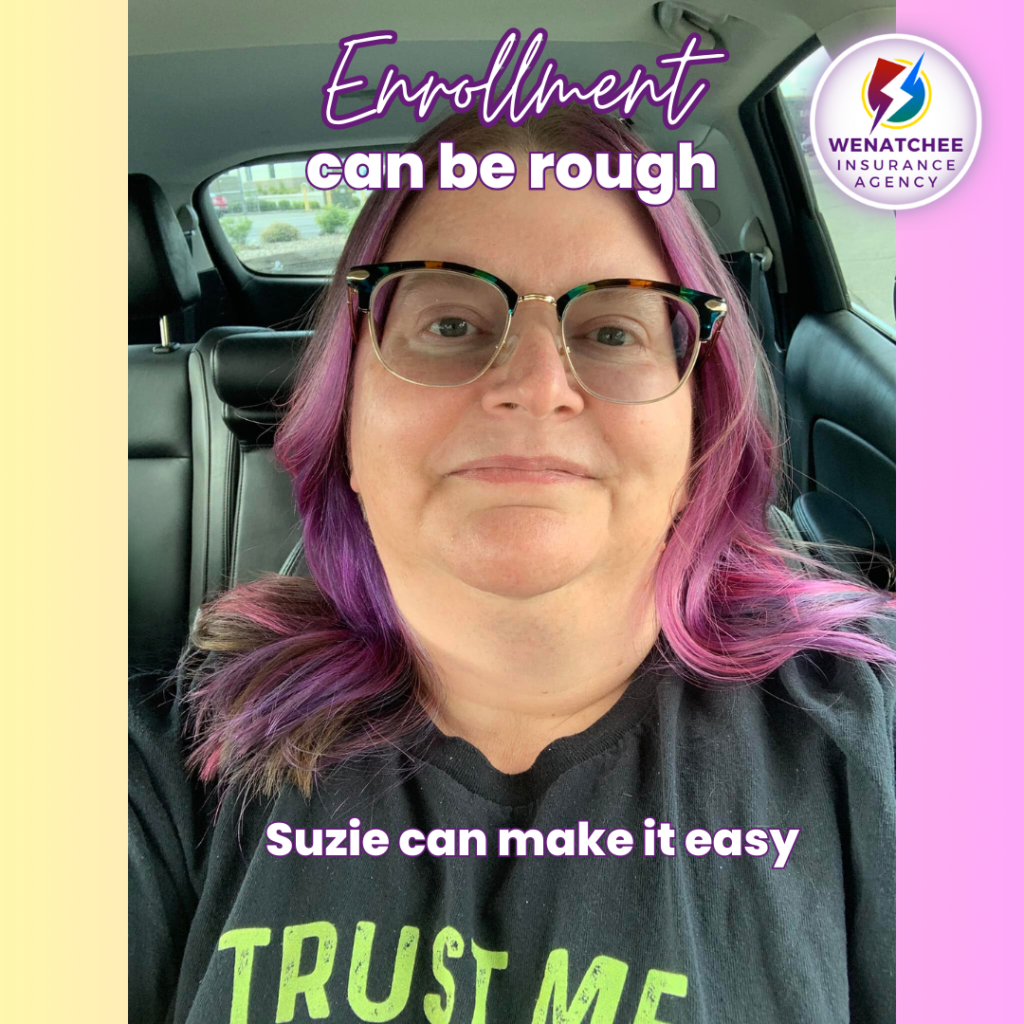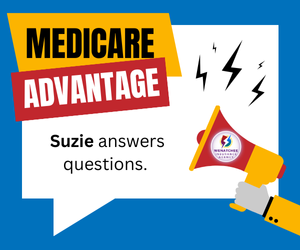What Are the Differences Between Medicare and Medicaid?

Hey, it’s Wenatchee Insurance! We are answering a classic question today, what are the differences between Medicare and Medicaid. We are going to use a Golden example:
It’s 2024, you’re sitting with Blanche, Dorothy, Rose, and Sophia in Miami, and you’re scratching your head over the differences between Medicare and Medicaid. Sit tight and grab a cheesecake because we’re about to unravel this mystery Golden Girls style!
Medicare: The Senior Superstar
Dorothy: “Alright, let’s start with Medicare. It’s like Stan – it’s been around forever. Medicare is a federal program mainly for folks aged 65 and older. It also covers younger individuals with certain disabilities and those with End-Stage Renal Disease (ESRD). Think of Medicare as the golden ticket for our seasoned citizens.”
Medicaid: The Need-Based Nurturer
Blanche: “Oh honey, Medicaid is a whole different ball game. It’s a joint federal and state program that helps people with limited income and resources. It’s like that nice gentleman who insists on paying for your drinks at the Rusty Anchor – it’s there to lend a hand when you need it most.”
Who Qualifies?
Medicare:
Rose: “If you’re 65 or older and worked your credits, congratulations, you qualify! But even if you’re younger and have disabilities or ESRD, you’re still in the club.”
Medicaid:
Sophia: “Eligibility for Medicaid is trickier than finding a good cannoli in Miami. It depends on your income, family size, and sometimes disability or other factors. Each state has its own rules – it’s like trying to follow Rose’s stories about St. Olaf.”
Example Time!
Dorothy: “Meet George, a 68-year-old retiree. He’s eligible for Medicare because he’s over 65. Now, consider Anna, a single mother with a low income. She qualifies for Medicaid to help cover her children’s medical expenses. Simple as pie, right?”

What Do They Cover?
Medicare:
Blanche: “Medicare’s got you covered for hospital stays (Part A), doctor visits and outpatient care (Part B), Medicare Advantage (Part C), and prescription drugs (Part D). It’s like having a fabulous wardrobe – everything you need, you just have to mix and match beforehand .”
Medicaid:
Rose: “Medicaid covers a broader range of services, including hospital and doctor visits, long-term care, and sometimes even dental and vision care. It’s like the St. Olaf Cheese Festival – there’s something for everyone!”
Example Time!
Sophia: “Imagine Sue, who has both Medicare and Medicaid (dual eligibility). Medicare covers her hospital and medical expenses, while Medicaid helps with additional costs like long-term care and some out-of-pocket expenses. Sue’s got the best of both worlds – like having cheesecake for dinner and dessert!”
How Are They Funded?
Medicare:
Dorothy: “Medicare is funded by payroll taxes, premiums, and general revenue. It’s as straightforward as Blanche’s love life – always funded by someone.”
Medicaid:
Sophia: “Medicaid, on the other hand, is jointly funded by the federal government and the states. The feds match state spending, with the match rate varying by state. It’s like a family potluck – everyone brings something to the table.”
Example Time!
Rose: “Think of Medicare as a national program with uniform rules. Medicaid is more like St. Olaf’s festivals – each state adds its own unique twist to the overall picture.”
Wenatchee Insurance: Your Dual Eligibility Expert
Blanche: “Navigating the differences between Medicare and Medicaid can feel like one of Rose’s long stories. But don’t worry, darling, Suzie at Wenatchee Insurance is here to guide you through every twist and turn.”
Dorothy: “Our knowledgeable agents can help you understand which program you qualify for and how to make the most of your benefits. Remember, understanding Medicare and Medicaid doesn’t have to be a puzzle.”
Sophia: “With Wenatchee Insurance by your side, you’ll find your way in no time. So stay tuned for more insights, tips, and helpful advice. And always remember – thank you for being a friend!”

Topics: Medicare, Medicare Advantage, Suzie, Wenatchee Insurance, SSDI, ESRD, Hospital Insurance, Prescription Drug Coverage, Part D, Medical Insurance, Disability, Dual Eligible, Dual SNP,
























































